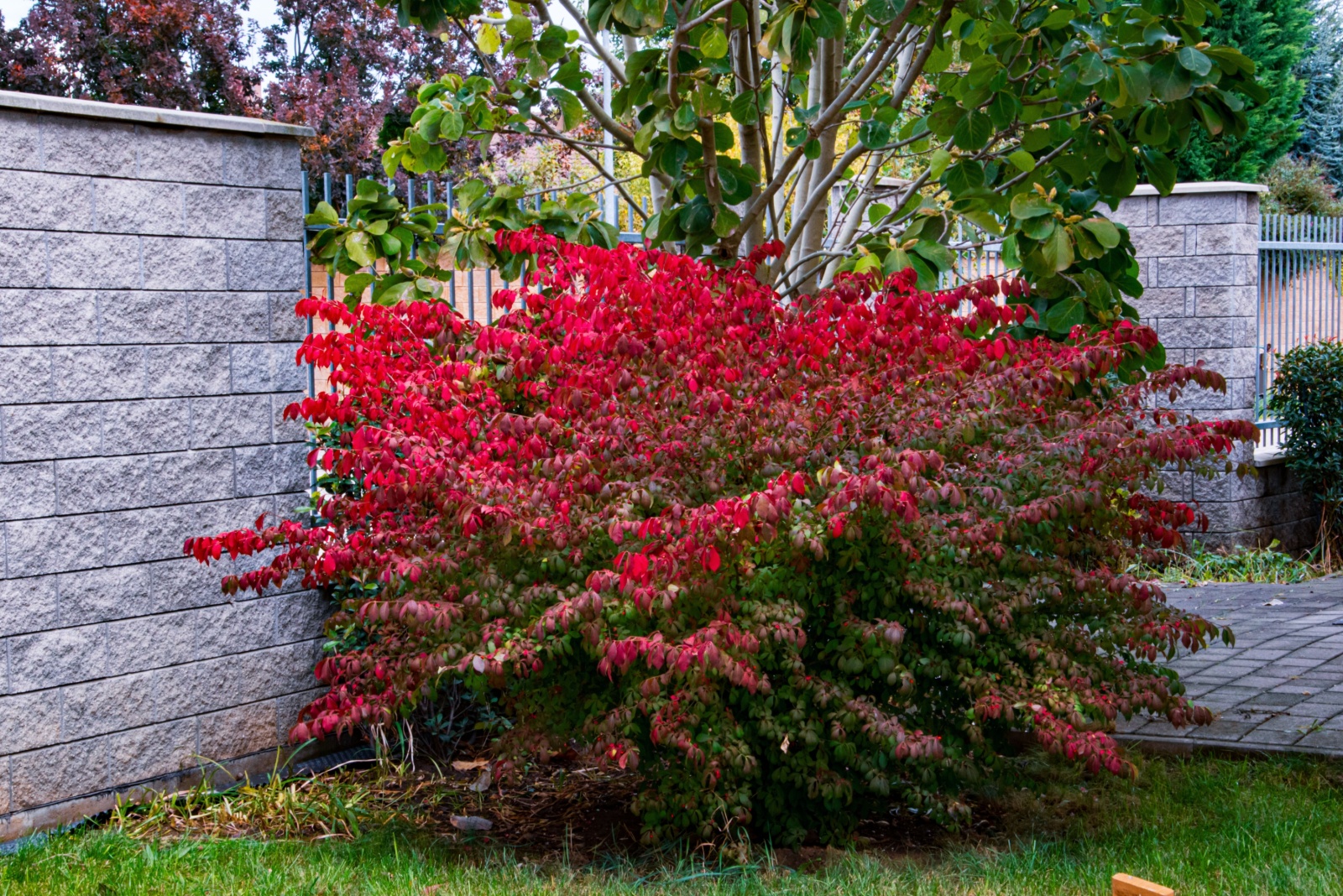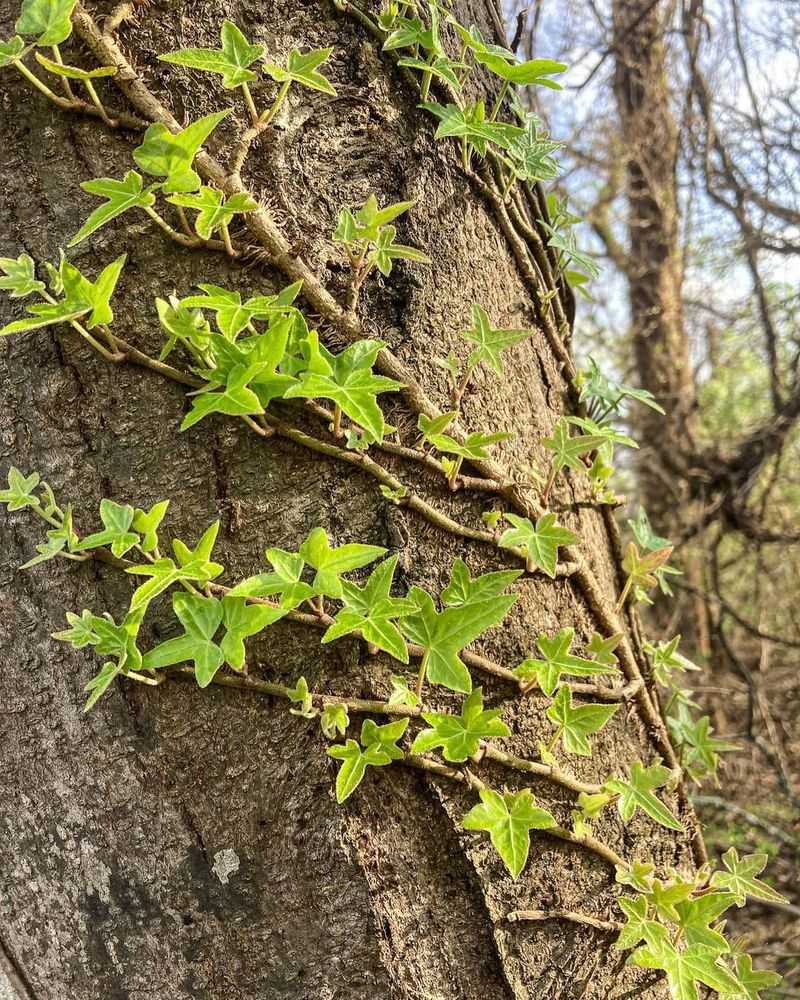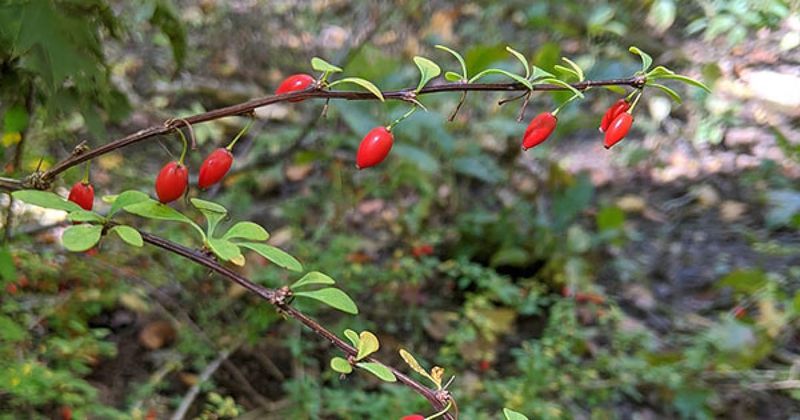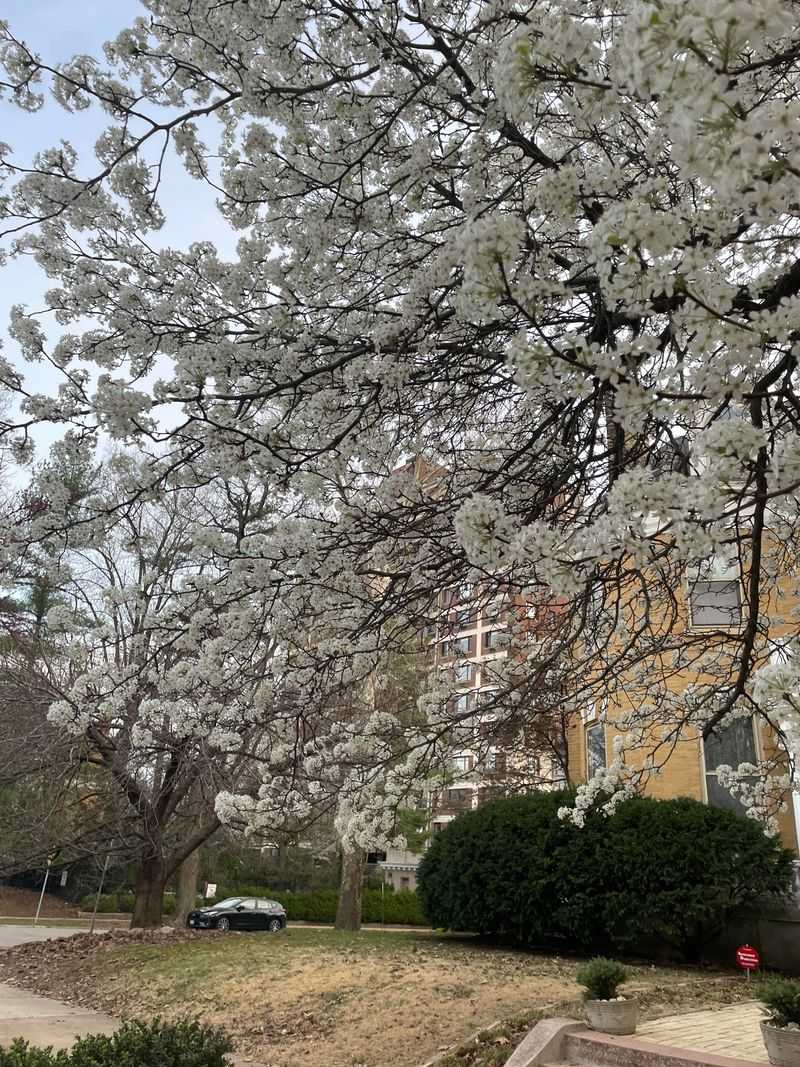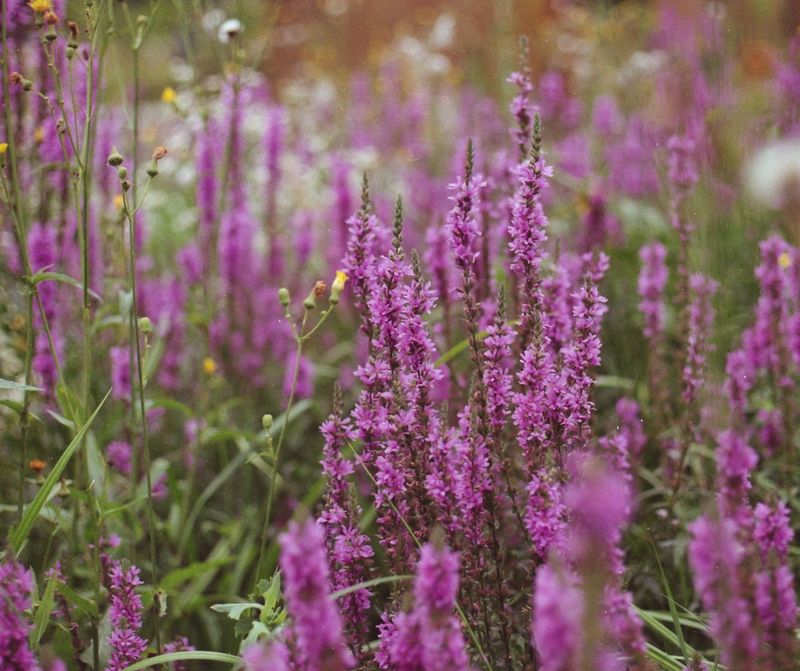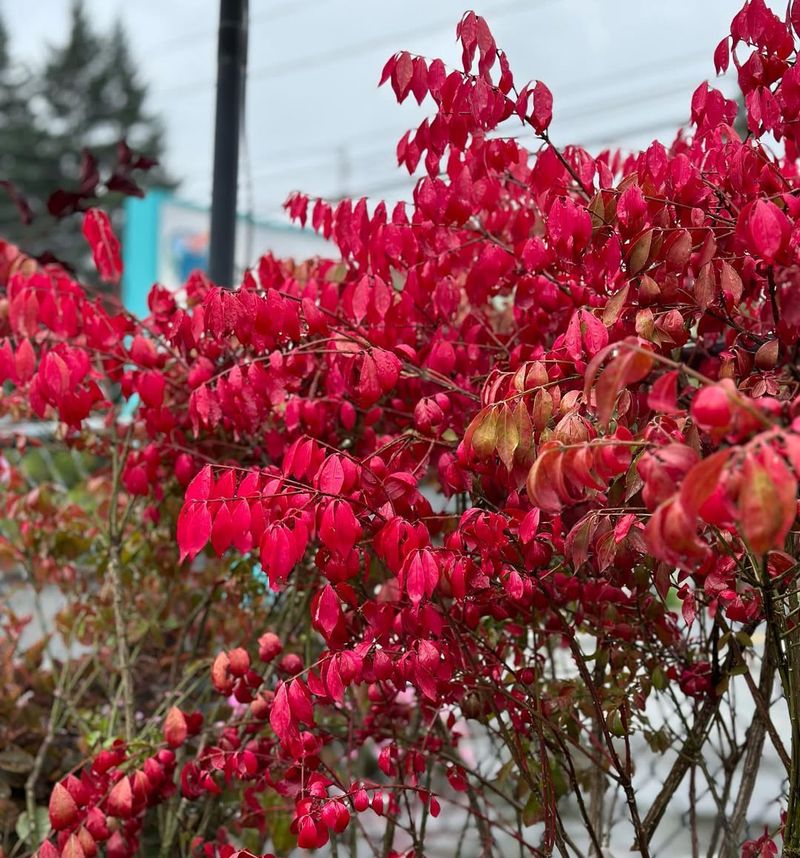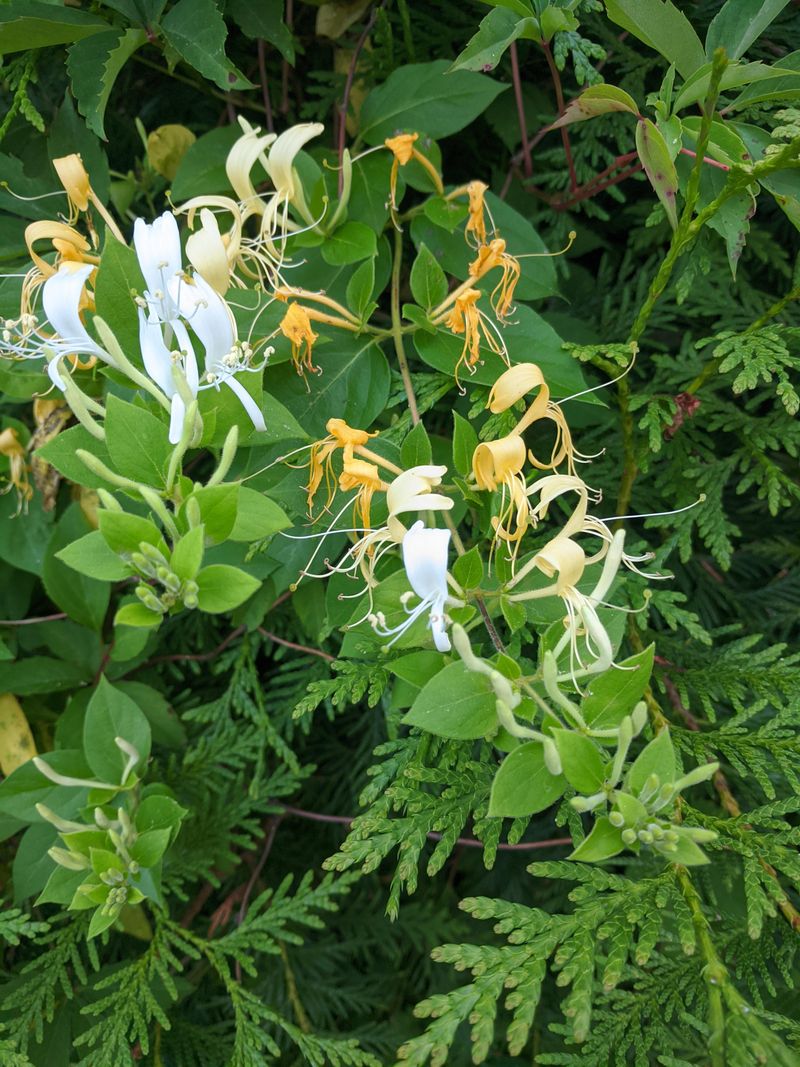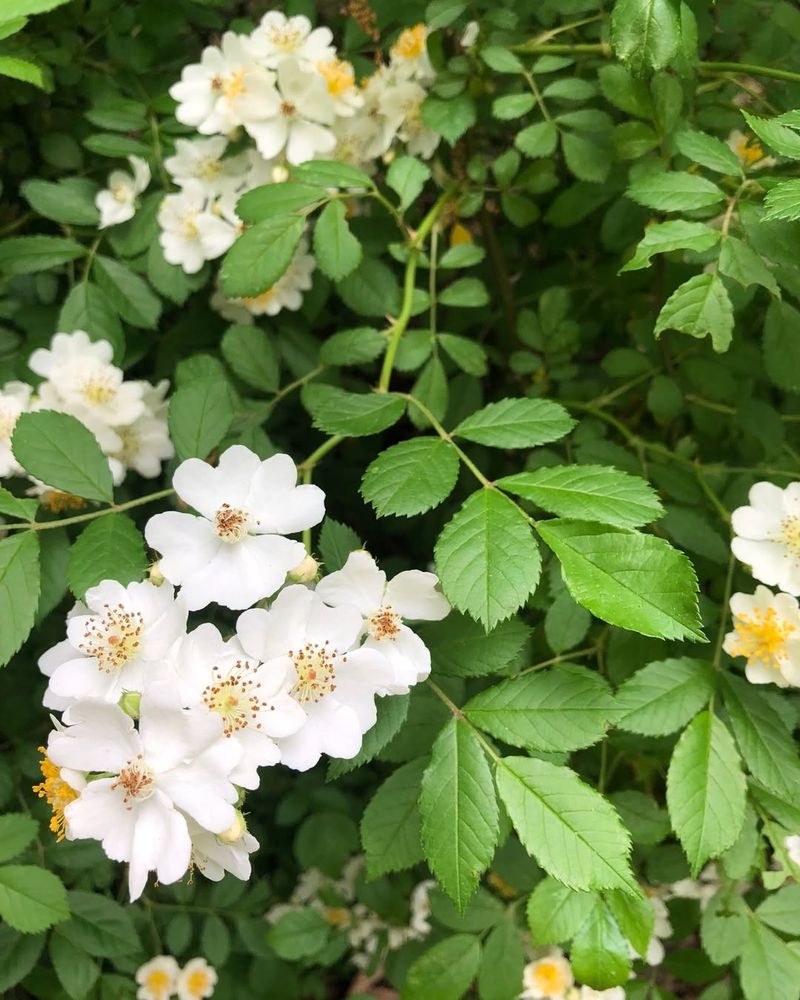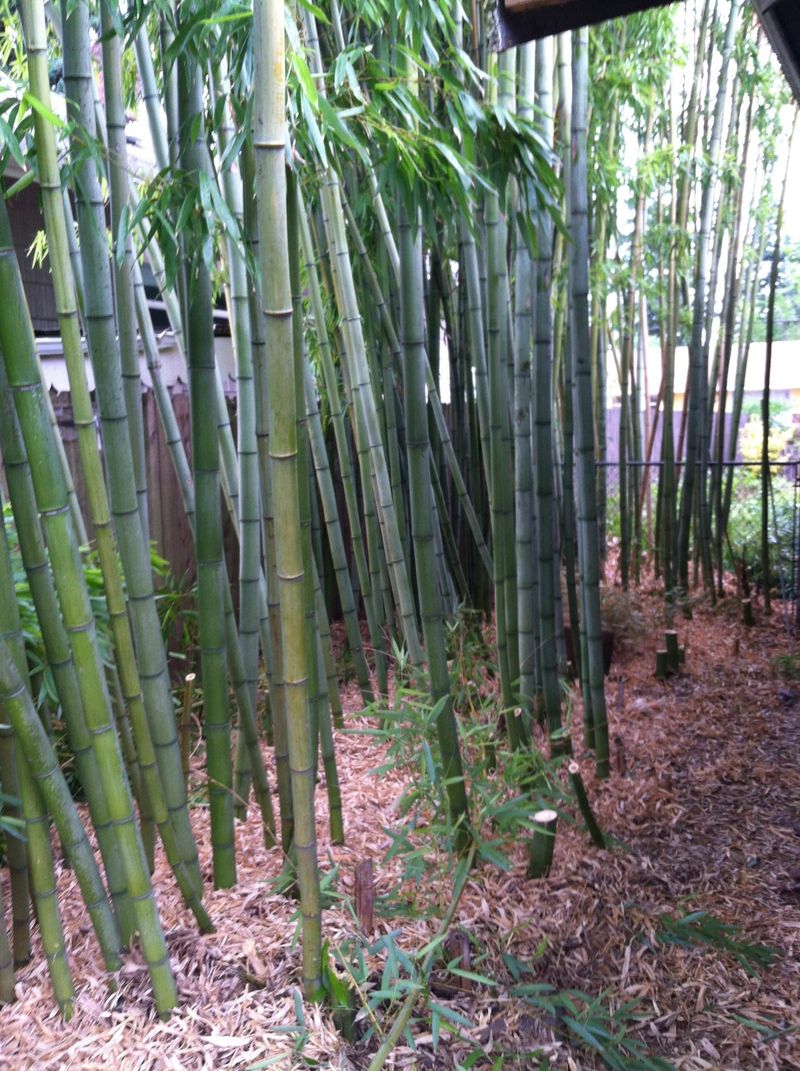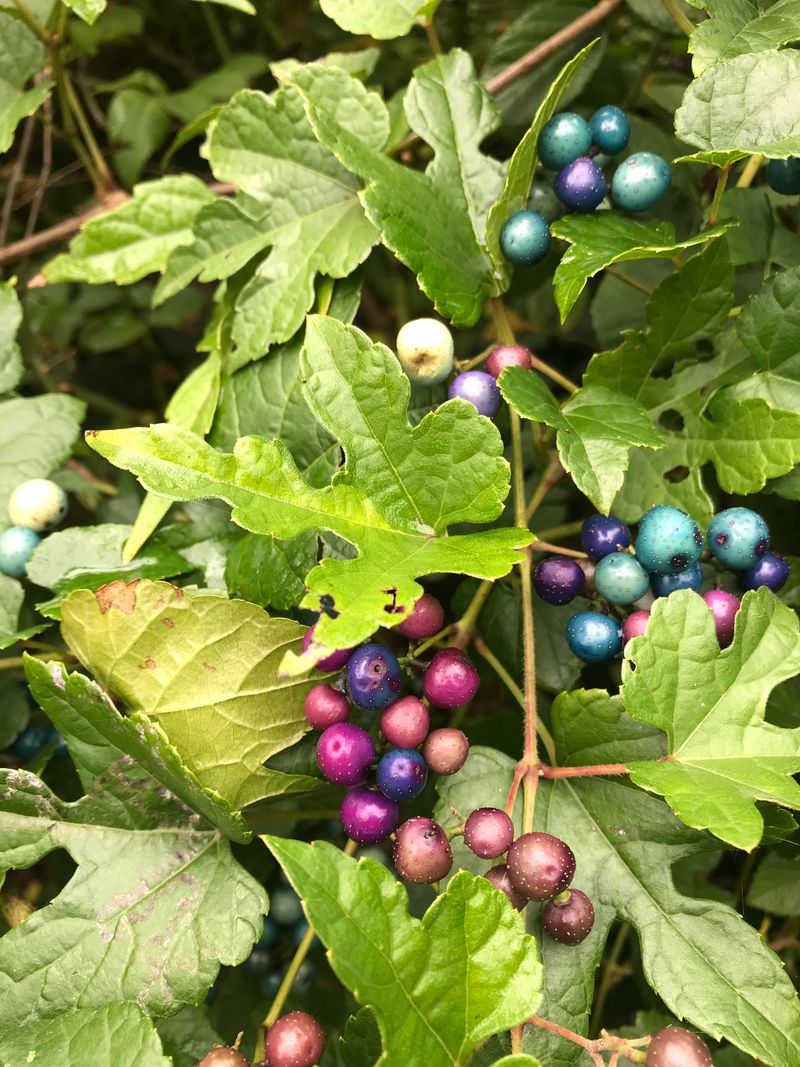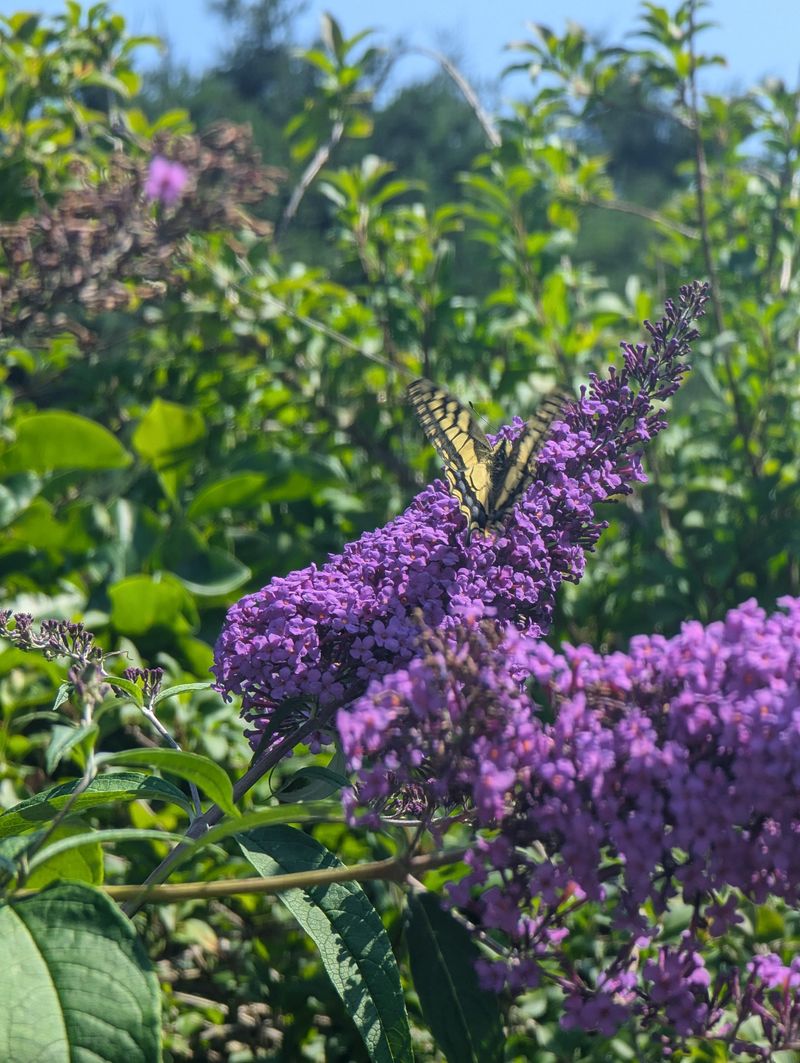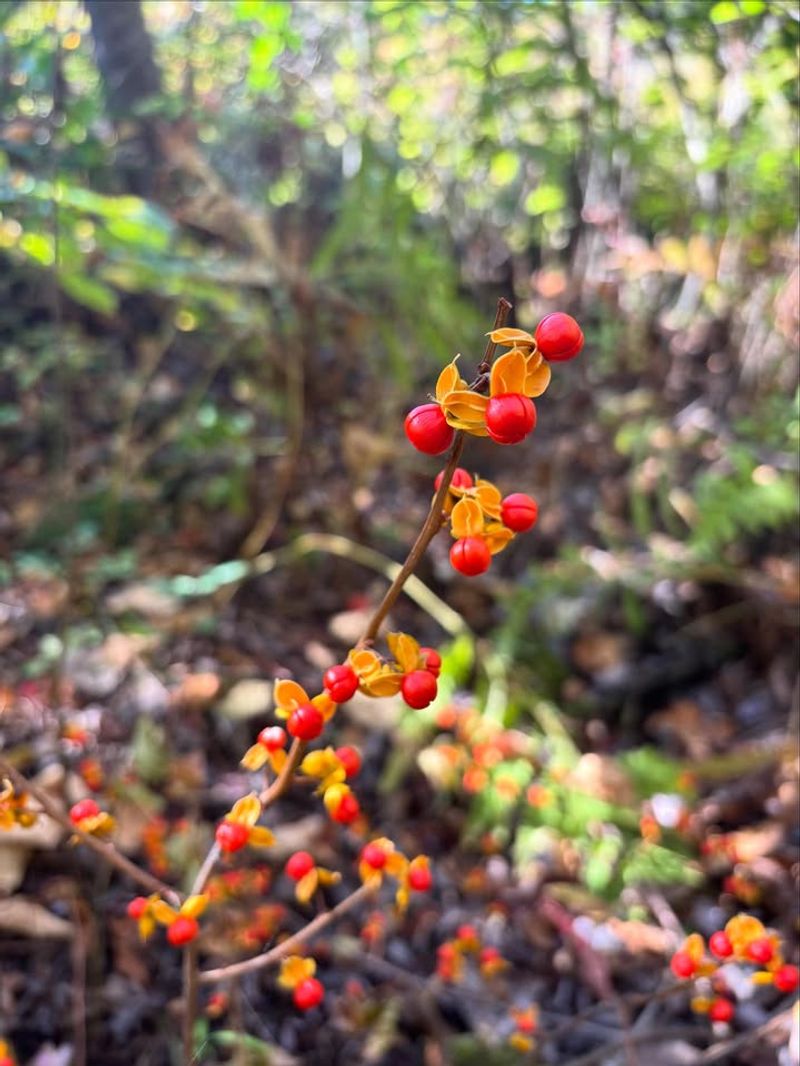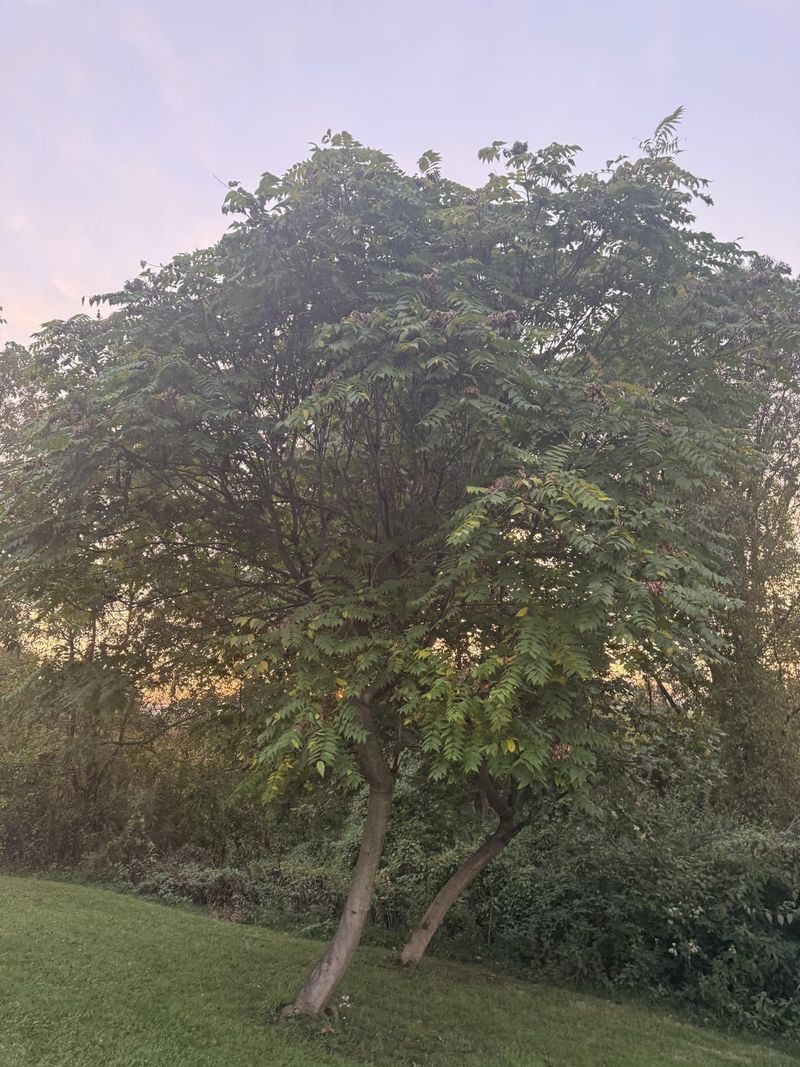Maryland gardeners love their landscapes, but some popular plants are causing serious problems. Certain species spread aggressively, crowding out native plants and harming local ecosystems.
Suburban communities across the state are now considering bans or restrictions on these troublesome invaders to protect the environment and preserve natural beauty for future generations.
1. English Ivy
Climbing walls and trees with ease, English ivy might look charming at first glance. However, this aggressive vine chokes out native Maryland plants and damages tree bark as it grows. Its dense mats prevent sunlight from reaching the forest floor, disrupting the entire ecosystem.
Property owners often plant it for ground cover, not realizing how quickly it escapes control. Once established, removal requires years of persistent effort and can cost homeowners thousands of dollars in landscaping expenses.
2. Japanese Barberry
Bright red berries and colorful foliage make Japanese barberry a landscaping favorite. Unfortunately, this thorny shrub creates perfect hiding spots for ticks that carry Lyme disease, posing serious health risks to Maryland families. Research shows areas with barberry have significantly higher tick populations.
The plant spreads rapidly through bird-dispersed seeds, forming dense thickets that exclude native vegetation. Many Maryland suburbs are reconsidering its use in public spaces and residential developments due to these concerns.
3. Bradford Pear
Spring blooms on Bradford pear trees create stunning white displays along Maryland streets. Behind that beauty lies a major problem: weak branch structure causes trees to split apart during storms, damaging property and blocking roads.
The flowers also produce an unpleasant odor that many residents find offensive. Seeds spread easily, allowing this tree to invade forests and fields throughout the state. Several Maryland communities have already stopped planting them in parks and along sidewalks.
4. Purple Loosestrife
Wetlands across Maryland face threats from this tall purple-flowered plant. Each purple loosestrife plant produces millions of seeds annually, allowing rapid colonization of marshes and stream banks. Native wetland plants that provide food for wildlife get pushed out completely.
Gardeners sometimes mistake it for beneficial native species, planting it near ponds or rain gardens. State officials warn that even small garden populations can spread to nearby natural areas, causing widespread ecological damage throughout Maryland watersheds.
5. Burning Bush
Few shrubs match the brilliant red color burning bush displays each autumn. Garden centers throughout Maryland have sold this plant for decades, but its ecological impact is becoming impossible to ignore. Seeds germinate easily in forests, where the shrub forms dense understory layers.
Native wildflowers and tree seedlings cannot compete with its aggressive growth. Some Maryland nurseries now voluntarily refuse to stock burning bush, offering native alternatives like Virginia sweetspire that provide similar fall color without environmental harm.
6. Japanese Honeysuckle
Sweet fragrance fills Maryland summer evenings wherever Japanese honeysuckle grows. This aggressive vine smothers everything in its path, pulling down trees and covering entire hillsides with impenetrable tangles. Native plants disappear beneath its weight, eliminating food sources for local wildlife.
Homeowners often plant it for privacy screening, then watch helplessly as it invades neighboring properties. Removal requires cutting, digging roots, and repeated follow-up treatments. Maryland conservation groups now offer workshops teaching proper identification and control methods.
7. Multiflora Rose
Conservationists once promoted multiflora rose for erosion control and wildlife habitat. That recommendation proved disastrous as the thorny shrub spread across Maryland farmland and forest edges. Dense thickets with arching canes create barriers that prevent access to fields and trails.
Birds eat the small rose hips, depositing seeds far and wide throughout the state. Thorns make removal painful and difficult, requiring heavy gloves and specialized tools. Agricultural areas in Maryland have been particularly hard-hit by this plant’s aggressive expansion.
8. Bamboo
Running bamboo species create instant privacy screens that many Maryland homeowners desire. What starts as a controlled planting quickly becomes a neighborhood nightmare as underground rhizomes spread beneath fences and driveways. Shoots emerge unexpectedly in lawns, gardens, and even through pavement.
Property disputes frequently arise when bamboo invades adjacent yards. Removal costs can exceed thousands of dollars and requires excavating extensive root systems. Some Maryland counties are considering regulations requiring barriers or outright bans on running bamboo varieties.
9. Porcelain Berry
Colorful berries ranging from white to purple make porcelain berry an eye-catching vine. Appearances deceive, though, as this aggressive climber rapidly overtakes Maryland woodlands and garden borders. Its growth rate exceeds even kudzu in some areas, smothering native plants within a single growing season.
Birds spread seeds throughout neighborhoods, leading to new infestations in unexpected locations. Manual removal proves challenging because roots resprout vigorously. Maryland environmental groups list porcelain berry among the most problematic invasive species requiring immediate attention.
10. Wisteria
Cascading purple blooms make Asian wisteria species garden showstoppers each spring. Behind that spectacular display lurks a powerful vine that strangles trees and damages structures throughout Maryland. Its twining stems grow thick as tree trunks, crushing everything they encircle over time.
Native American wisteria offers similar beauty without the aggressive behavior, making it a better choice for Maryland gardens. Many homeowners discover too late that removing established Asian wisteria requires professional help and significant expense to prevent property damage.
11. Butterfly Bush
Pollinators flock to butterfly bush flowers, leading gardeners to believe they help local ecosystems. Research reveals a different story: while adult butterflies visit for nectar, the plant provides no food for caterpillars that Maryland native plants support. Seeds spread easily, establishing populations in natural areas.
Sterile cultivars offer a compromise, providing nectar without spreading. However, many Maryland garden centers still sell fertile varieties. Conservation experts recommend replacing butterfly bush with native alternatives like Joe-Pye weed that support complete butterfly life cycles.
12. Oriental Bittersweet
Autumn wreaths featuring orange and yellow berries often contain Oriental bittersweet. This decorative vine destroys Maryland forests by spiraling up trees and blocking sunlight to their crowns. Girdling stems cut off nutrient flow, eventually toppling even large trees.
Native American bittersweet provides similar ornamental value without the destruction. Many Maryland residents unknowingly plant the invasive species, then watch it escape into nearby woodlands. Identifying the difference between species requires checking leaf arrangement and flower position along stems.
13. Tree Of Heaven
Rapid growth makes tree of heaven appealing for quick shade in Maryland yards. This fast pace comes with serious drawbacks: the tree produces chemicals that prevent other plants from growing nearby and spreads through aggressive root suckers. A single tree can generate dozens of offspring.
Cutting triggers even more sprouts, making eradication extremely difficult without proper technique. Maryland forests show increasing tree of heaven populations, displacing native species. The tree also hosts spotted lanternfly, an invasive insect causing additional agricultural and ecological problems throughout the state.

